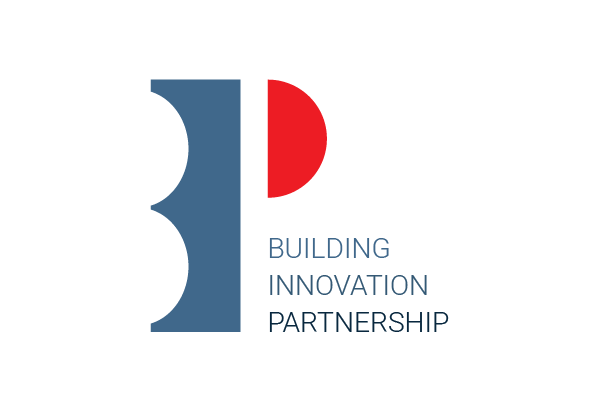Computerising building regulations to allow reasoning is one of the main challenges in automated compliance checking (ACC) in the built environment. While there has been a long history of translating regulations manually, in recent years, natural language processing (NLP) has been used to support or automate this task. While rule- and ontology-based information extraction and transformation approaches have achieved accurate translations for narrow domains and specific regulation types, machine learning (ML) promises increased scalability and adaptability to new regulation styles. Since ML usually requires a large number of annotated examples as training data, we take advantage of the long history of building code computerisation and use a corpus of manually translated regulations to train a transformer-based encoder-decoder model. Given a relatively small corpus, the model learns to predict the logical structure and extracts entities and relations reasonably well. While the translation quality is not adequate to fully automate the process, the model shows the potential to serve as an autocompletion system and to identify manually translated regulations that need to be reviewed.
